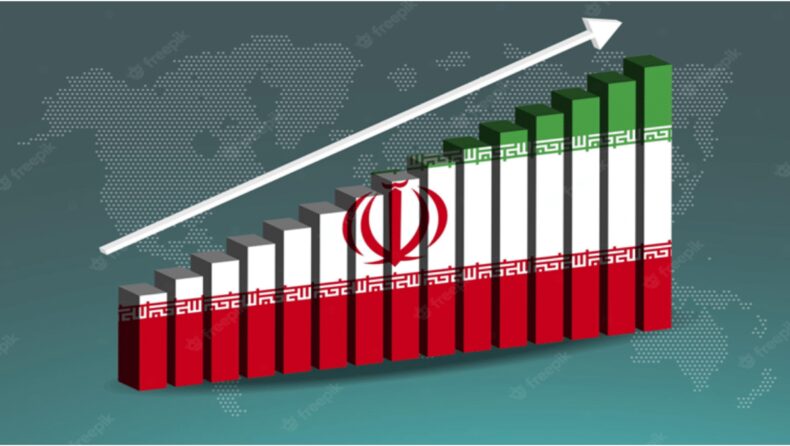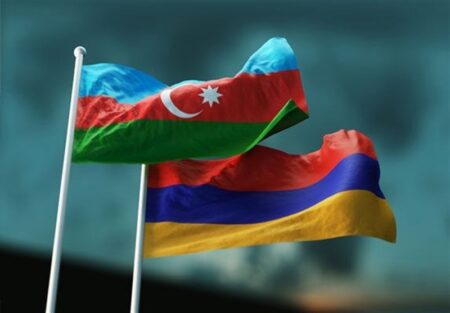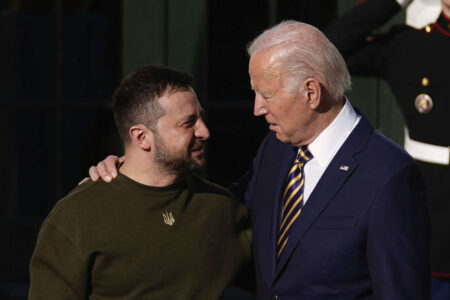Iran is one of the most sanctioned nations in the world, yet it is tenable in defending its economy.
The extinguisher surrounded by the furnace
The Middle-East region is the most volatile in geopolitics. The region is the primary source of global fuel supply and has conflicting ties within and around the region.
Some of these conflicts were nefariously abated by the so-called global master – the U.S to gain a strategic hold in the Oil rich region.
In the early 80s and 90s, the U.S supported the rise of Saddam Hussein in Iraq, Mohammad Gadafi in Libya, and several other ethno-political organizations as such in the case of Israel, Afghanistan, etc. to enhance their profitable priorities.
But when they backfired they were relentlessly eliminated by the same U.S.
This action instigated tensions among the regional nations, and also had spillover effects all over.
U.S influence in the Islamic nation
Similar to these U.S strung the Pahlavi dynasty under Shah Mohammad Reza Pahlavi of Iran in the 1950s making the monarch work in favor of the U.S, this made the governance more authoritative.
Accompanied by this, the U.S backed Israel in the 1973 war (third Israeli – Arab war) against the Arab nations, this roused denouncement against the U.S from the Arab nations.
This made the OPEC nations embargo oil exports to U.S. this unappeased the then U.S. President Jimmy Carter experienced hence raised human rights violations against the government of its own former ally.

This acted as an aid-in-time for the resentful population to protest against the government and overthrow the regime and established a new government led by Ayatollah Khomeini strictly on the lines of Shia Muslims which deplored any ties with the west and with Israel.
This enkindled the external rivalry of Islam – Jews.
The swing of sanctions
1. Joint Comprehensive Plan of Action
The influence of western dominance fomented clashes amongst the gulf nations, and the 1979 Islamic revolution led by Ayatollah Khomeini gained momentum amongst the Shia Muslim communities in the Sunni power blocs such as Saudi Arabia, UAE, and Iraq.
This was confronted as a challenge in Saudi Arabia, which until then had emerged as a leader in the Arab world (by creating the OIC group in 1969).
This enkindled the internal rivalry of Shia – Sunni communities.

Iran which had deep relations with the U.S in the 1950s had obtained nuclear technology under this relationship and also ratified the Non-Proliferation Treaty in 1970.
But as the relationship strained, the former started Uranium enrichment for weapon grade purposes, which violated the clauses of NPT.
The IAEA launched an investigation in 2003 after an Iranian dissident group revealed undeclared nuclear activities.
In November 2011, the IAEA reported credible evidence that the Islamic State had been conducting experiments.
This raised concerns amongst the regional rivals of the Islamic State and the U.S, hence the P5 + 1 (U.S, U.K, France, China, Russia + Germany) imposed sanctions in 2015, called as Joint Comprehensive Plan of Action (JCPOA). This restricted Iran from Oil trading and froze its assets in the U.S.
This forced the Islamic State to comply with the requirements which convinced Barack Obama to relax the sanctions, but Donald Trump regime unilaterally withdrew the relaxation and re-imposed sanctions causing a slump in the nation’s GDP.

2. Countering American Adversaries through Sanctions Act (CAASTA)
Having regional tensions with Saudi Arabia, Iraq, and Israel, Iran started abetting terror organizations like Hezbollah, and Hamaz and rebel groups like Houthis against these nations.
This bought the its adversaries closer to the U.S and hatched the CAASTA sanctions against it. This restricted it from Weapon trading.
3. Blacklisted by FATF
For the above-mentioned cause of abetting terror groups, this nation was blacklisted by the Financial Action Task Force (FATF) in 2016.
Further, FATF found out that Iran has not complied with the recommendations despite the duration expiring in 2018, hence being retained on the Black list. This restricted the nation from International monetary assistance, foreign trade, and investments.
Other international and regional concerns
U.K had joined the U.S in inculpating Iran for violating JCPOA and FATF recommendations, hence it mortified the nation by inviting only the ambassador instead of the President, (this was the same with North Korea and Nicaragua).
- The anti-hijab protest
This is a prevailing issue in the Islamic State since last month which has caused, massive disruption to public order.
This attracted further diplomatic actions from the U.S for human rights violations.
The extinguishers of flames
The enemy of your enemy is a friend
Iran got into a cabala of U.S adversaries, partnered with China and Russia, and managed to revive the economy.

The rich oil trade

Today this nation is the third largest oil source in the OPEC nations, and China imported 2,60,312 tons of Iranian crude oil since December 2020.
To mask the sanctions, Iran directed its crude oil to China through Oman, the U.A.E, and Malaysia, and also labeled them as the origin of export. Finally this nation accounts for 6% of Chinese oil imports.

Apart from China, Russia is non-cooperative with the U.S after the Ukraine invasion hence refusing to monitor its responsibility under JCPOA, and Russia is demanding to utilize the nuclear facilities of this Islamic State for research purpose.
Iran – Russia trade had experienced a hike even before the Ukraine crisis, mainly the technical trade export volumes rose 400% in 2021, goods transit by 52% in 2022, and air traffic and passenger flows are also up 128%.

Further, India has got an exceptional waiver from the U.S to invest in Iran.
The Eurasian Economic Union FTA
The Islamic nation is planning to sign an expanded EAEU FTA by 2024. Since 2018, the agreement with the EAEU has significantly increased Iran’s exports to the EAEU members (Russia, Belarus, Kazakhstan, Kyrgyzstan, and Armenia) and it is the main factor in boosting other non-oil exports despite the U.S. sanctions.
After establishing the original FTA, Iran’s trade with EAEU members immediately rose to 30% and reached $330 million a month.
This has enabled the nation to sustain its economic growth despite the sanctions, and even IMF projections reveal Improvement in GDP and a decline in inflation subsequently.

Read More –
https://tdznkwjt9mxt6p1p8657.cleaver.live/pakistan-or-us-who-can-help-india-to-augment-iran/













